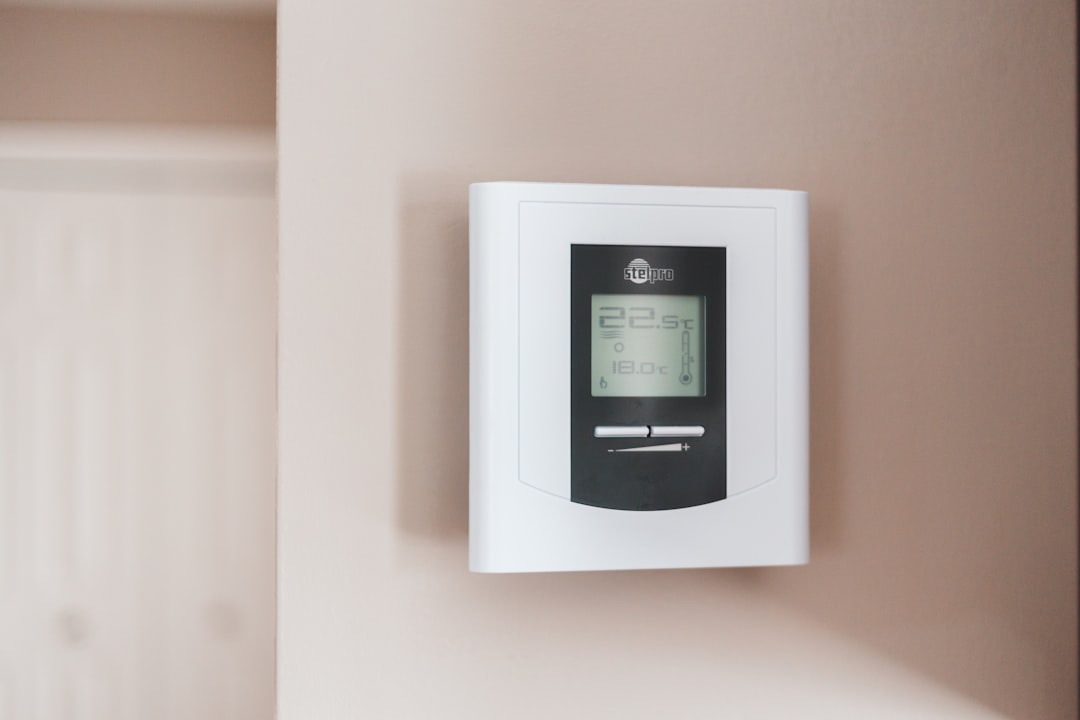
Hot Takes: Mastering Temperature in ChatGPT
Introduction to Temperature in ChatGPT
Temperature plays a crucial role in our lives, influencing everything from our comfort levels to the behavior of materials and chemicals. In the context of ChatGPT, temperature refers to a parameter that controls the randomness of the model’s response. It affects the balance between generating creative and coherent responses. In this essay, we will explore the concept of temperature in ChatGPT, its impact on the generated outputs, and the best practices for using it effectively.
The Significance of Temperature
Temperature is a vital parameter that can greatly influence the output of ChatGPT. It determines the level of randomness in the model’s responses. A higher temperature value, such as 0.8 or 1.0, leads to more diverse and creative outputs. On the other hand, lower temperature values, like 0.2 or 0.4, produce more focused and deterministic responses. The choice of temperature depends on the desired outcome and the specific context of the conversation.
Reasoning Behind Temperature Control
Temperature control is essential because it allows us to fine-tune the output of ChatGPT based on the requirements of the conversation. By adjusting the temperature, we can strike a balance between generating novel and interesting responses while maintaining coherence and relevance. It gives us control over the level of risk we are willing to take regarding the quality and relevance of the generated content.
Examples of Temperature Variation
To better understand the impact of temperature on ChatGPT’s responses, let’s consider some examples:
-
High Temperature: Suppose we set the temperature to 1.0 and ask ChatGPT, “What is your favorite color?” At this high temperature, the responses might vary widely, ranging from traditional colors like blue and red to more unconventional choices like “sparkle” or “rainbow.”
-
Low Temperature: Now, if we set the temperature to 0.2 and ask the same question, ChatGPT will provide more deterministic responses. It might consistently answer with a specific color like “blue” or “red” without much variation.
These examples illustrate how temperature control influences the level of randomness in ChatGPT’s responses.
Achieving the Desired Temperature
To achieve the desired temperature, it is essential to experiment and fine-tune the value based on the specific context and requirements of the conversation. Different scenarios may call for different temperature values. By adjusting the temperature, we can guide the model to generate responses that align with our expectations.
Best Practices for Temperature Selection
When selecting the appropriate temperature for a conversation in ChatGPT, consider the following best practices:
-
Contextual Awareness: Understand the context of the conversation and the desired outcome. This awareness will help determine whether a higher or lower temperature is appropriate.
-
Coherence and Relevance: For conversations that require coherent and relevant responses, opt for lower temperature values. This reduces the randomness and ensures more focused answers.
-
Creativity and Exploration: If the conversation allows for more creative and diverse responses, higher temperature values can be beneficial. It encourages the model to generate novel and unexpected ideas.
-
Iterative Approach: Experiment with different temperature values to find the sweet spot that balances coherence with creativity. Gradually adjust the temperature and observe the impact on the generated responses.
-
User Feedback: Solicit feedback from users or engage in iterative conversations to refine the temperature setting. User feedback can provide valuable insights into the effectiveness of the chosen temperature value.
By following these best practices, we can effectively control the temperature in ChatGPT and achieve the desired balance between coherence and creativity in generated responses.
Temperature and Response Length
Temperature not only affects the randomness of responses but also influences the length of the generated output. Higher temperature values tend to produce longer responses as the model explores more possibilities. Conversely, lower temperature values often result in shorter, more concise answers.
Temperature and Sensitivity to Prompts
Another aspect to consider is how temperature affects the sensitivity of ChatGPT to prompts. Higher temperature values make the model more sensitive to the prompts, leading to responses that closely align with the input. On the other hand, lower temperature values reduce the model’s sensitivity, allowing it to generate responses that are more independent of the specific prompts.
Temperature and Consistency
Temperature can also impact the consistency of ChatGPT’s responses. Higher temperature values introduce more randomness, making the model’s answers less consistent across different prompts or iterations. Conversely, lower temperature values promote consistency, as the model tends to give similar responses for similar prompts.
Temperature and Safety
When using ChatGPT, it’s crucial to consider the potential risks associated with temperature control. Higher temperature values can lead to the generation of inappropriate or biased content. It is essential to use moderation tools and guidelines to ensure the safety and appropriateness of the generated responses.
Conclusion
Temperature control is a powerful tool in ChatGPT that allows us to influence the level of randomness, creativity, coherence, and sensitivity in generated responses. By understanding the significance of temperature and following best practices, we can effectively adjust the temperature to achieve the desired outcomes in our conversations. However, it is important to be mindful of the potential risks and use moderation tools to ensure the safety and appropriateness of the generated content. With careful temperature control, we can harness the full potential of ChatGPT to create engaging and tailored conversations.